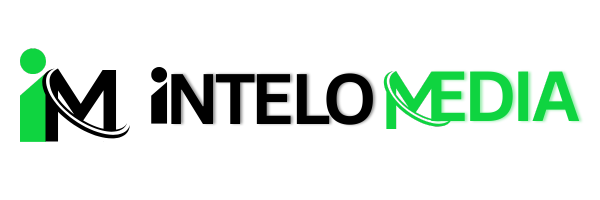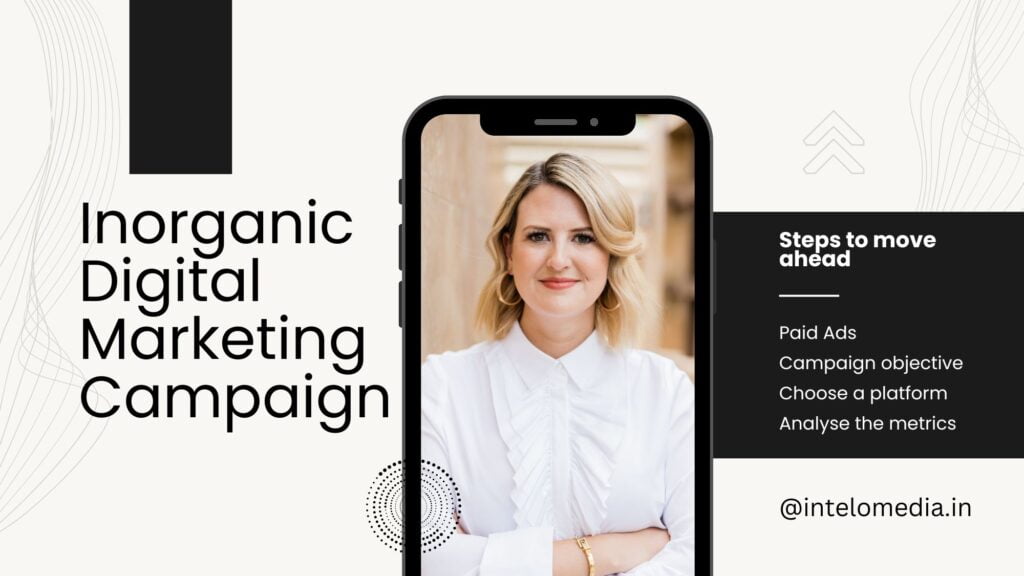You must be recognized in order to expand your brand. Organic marketing strategies can help drive traffic to your blog, but they take time to develop. A paid marketing campaign will help the business achieve quicker results while still establishing a positive consumer reputation.
Inorganic marketing also referred to as digital ads that are paid, is any tactic in which a company approaches prospective buyers based on their desires, motive, or prior experiences with the company.
Paid search, also known as SEM, generates web traffic by displaying pay-per-click advertisements inside SERPs. You’ll see both paid and organic returns when you enter a keyword or expression into Google. The listings mostly on side of the tab, as well as the first posts on the page, are paid advertisements. The “Ad” tag next to each result will tell you which ones are paying.
An inorganic search campaign can be fully operational in a matter of seconds. Your online advertising will be able to target thousands of search users around the internet by just following a few prompts. Optimizing the search campaigns, on the other hand, requires a bit more effort, thought, and subtlety.
It’s all down to the algorithms. Facebook, Twitter, and LinkedIn are continuously adjusting their evolutionary algorithms in order to make their platforms more appealing while still getting a profit.
Here are a few steps to build a sustainable inorganic digital marketing campaign –
Steps to move ahead
Learn about the paid Ads –
Paid advertisements are those that you have to pay for. Obviously, indeed. Before you find out how unnecessary the name is, keep in mind that any social media post is just an ad—one that we wouldn’t have to pay for. Payment, of course, entitles you to benefits such as audience targeting and expanded reach.
Paid advertisements may appear on a website, in search engine results, or even on social networks. Paid advertising on social media platforms like Facebook, Instagram, LinkedIn, and Twitter is the most powerful plus video-friendly.
Organic content on social media is those that come from people you know, including your peers and relatives, as well as companies and organisations you follow. The ever-filtering algorithm is applied to these posts. You may have found that you will see a friend’s post six times that day and then completely ignore it until it appears out of nowhere four hours later. At the function, that’s the algorithm.
Fortunately, the algorithm can be defeated. You will direct your video advertising to customers that follow those requirements using the pay-to-play model. I’ll get to that later. Ads on social media, unlike banner ads, create less confusion because they fit in with the accompanying posts. In reality, users might not even realize they’re watching an ad until they’ve finished watching the whole clip.
What is your campaign objective? –
What are you hoping to do with your video advertisements? If you want to boost your traffic, exposure, interaction, lead generation, or sales? Yes, the ads should hopefully help with all five of these targets, but each ad should be based on only one of them.
As one of your ad campaigns, document your objectives and compare every video content concept against a direct question: How will this accomplish our goal? If you can’t come up with a convincing answer.
Knowing what you want to achieve will make it easier to assess the potential performance of a paid ad campaign. If your purpose is to increase leads but everything you see is more traffic, you’ll need to change your strategy to convert that traffic into qualified leads.
Choose a platform –
Naturally, use channels where your intended audience spends their time, but still think of where you’re actually doing well organically. Surprisingly, since you already have proof that your advertising is seeing positive results, that could be a smarter investment than trying to improve your effect elsewhere. Those effects would only get better with paying to advertise.
Analyse the metrics –
Your metrics are determined by your goals. You can monitor clickthrough rate, conversions, new lead count, and new subscriber count. You will also want to keep track of cost per subscriber, advertising costs, or cost per client to calculate the net return on investment.
Another metric will assist you in avoiding future issues. Ad exhaustion may occur if web users see your ad too frequently. They’re tired of doing the same thing over and over again. If you communicate more than four to five days a week, your audience is likely to ignore you. Consider launching a new commercial or changing the target demographic.
Ad targeting necessitates a degree of trial and error –
To reach the most responsive audience for your commercial, you must find the desired overlap of desires, attitudes, and demographics. It isn’t as easy as it is.



Pingback: First Steps in Organic Digital Marketing - Intelo Media